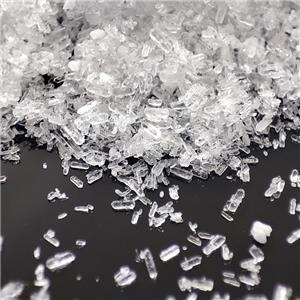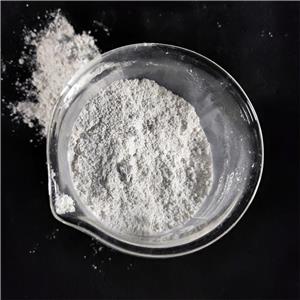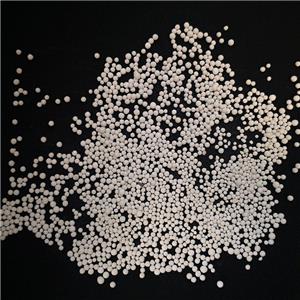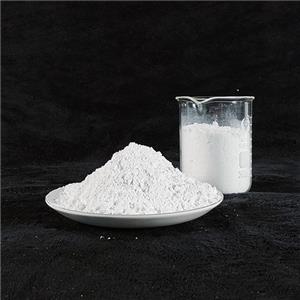The "star" in the field of inorganic flame retardant materials - magnesium hydroxide
In recent years, fire accidents caused by polymers have attracted great attention from all walks of life, and the research and development of flame-retardant polymers has become a hot topic. At present, organic flame retardants used in the market have hazards such as large smoke production and toxic smoke, which are subject to legal restrictions in Europe, the United States, Japan and my country. Therefore, inorganic flame retardants have received great attention.
Magnesium hydroxide flame retardant has a high decomposition temperature (340℃~450℃), and its thermal decomposition products are MgO and H2O. It does not release any toxic and harmful substances and has no harm to the environment and human health. Therefore, magnesium hydroxide flame retardant has become one of the most concerned inorganic flame retardants at present, and has broad application prospects.
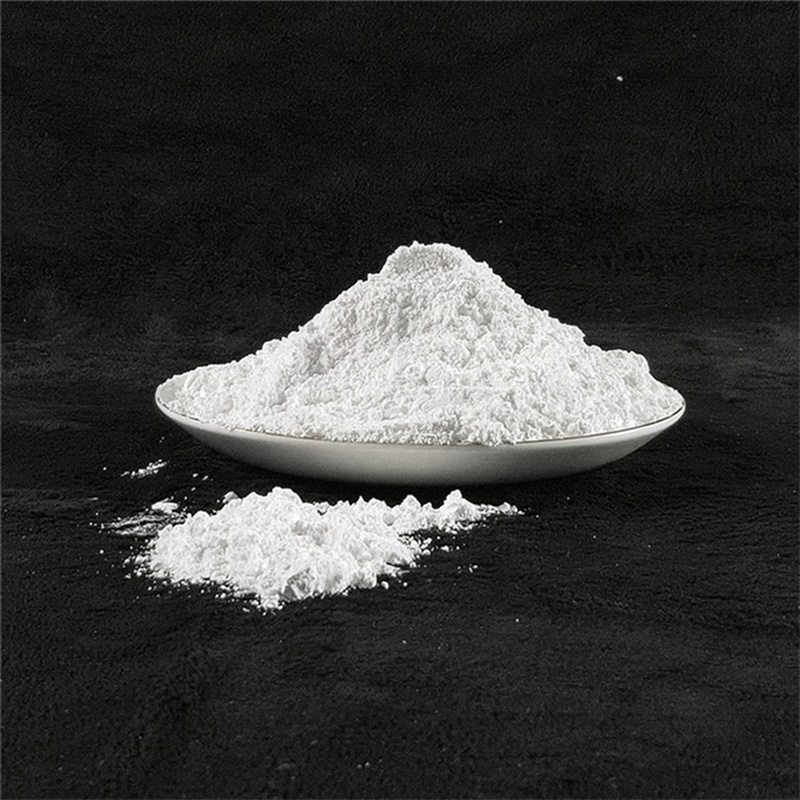
Flame retardant mechanism of magnesium hydroxide
Magnesium hydroxide has a special layered structure, which makes it have excellent thixotropy and low surface energy, and has good flame retardant and smoke suppression effects on plastics. Magnesium hydroxide begins to decompose into magnesium oxide and water at 340℃. The temperature can reach 490℃ when it is completely decomposed, and it absorbs a lot of heat energy during decomposition. The specific flame retardant mechanism is:
(1) Magnesium hydroxide has a large heat capacity. When it is decomposed by heat, it absorbs a lot of heat and releases a lot of water vapor. It not only reduces the temperature of the material surface, but also reduces the generation of flammable small molecules.
(2) The large amount of water vapor produced by thermal decomposition can also cover the surface of the material, reduce the oxygen concentration in the air on the combustion surface, and thus hinder the combustion of the material.
(3) The magnesium oxide generated by the thermal decomposition of magnesium hydroxide is a good refractory material. It can not only cover the surface of the material, but also promote the carbonization of polymer materials, forming a carbonized layer to block the entry of heat and air, thereby effectively preventing combustion.
(4) Magnesium hydroxide acts as a redox reaction catalyst, which can promote the conversion of CO into CO2 during combustion; the magnesium oxide produced by decomposition can neutralize SO2, CO2 and NO2 produced during combustion, thereby reducing the release of toxic and harmful gases.

